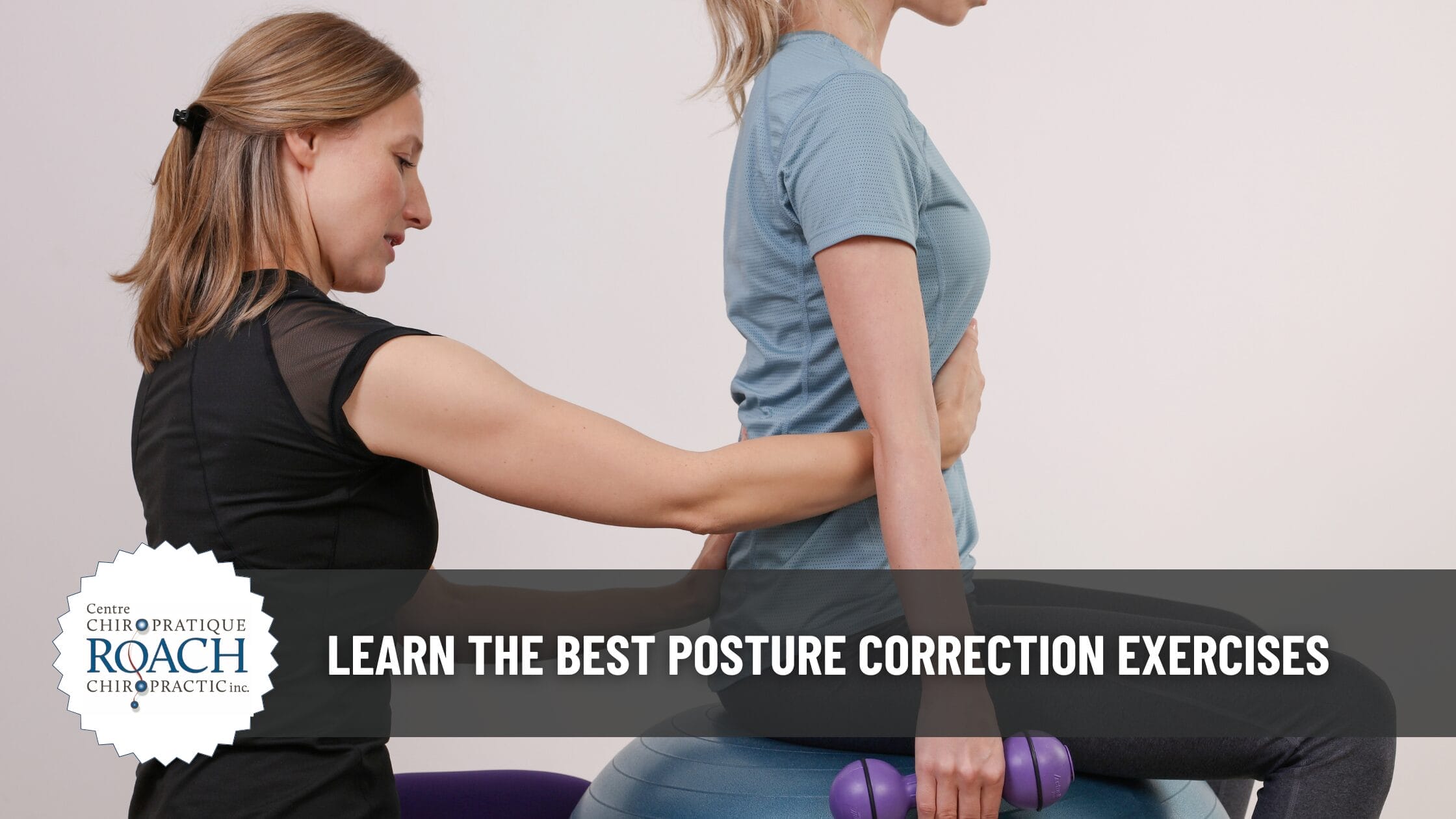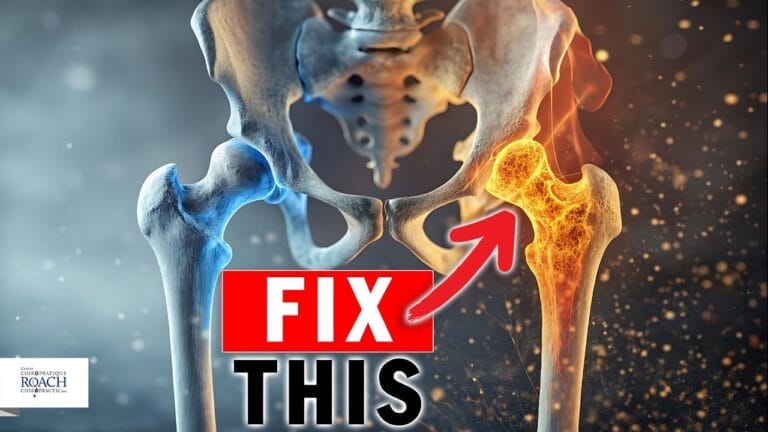Learn the Best Posture Correction Exercises
Poor posture is a common issue in today’s digital age, leading to back pain, neck strain, and reduced mobility. Whether caused by prolonged sitting, improper ergonomics, or muscle imbalances, poor posture can negatively impact spinal health. Chiropractic care offers a natural, non-invasive approach to correcting posture, improving alignment, and reducing discomfort. This blog post explores the best posture correction exercises, symptoms of poor posture, proactive management strategies, and the benefits of chiropractic care.
Understanding Posture Problems
Posture issues arise from muscle imbalances, spinal misalignment, and lifestyle habits. According to Canadian health statistics, 80% of adults experience back pain at some point in their lives, with poor posture being a leading contributor. Globally, studies indicate that over 60% of office workers suffer from posture-related discomfort.
Identifying Symptoms of Poor Posture
Individuals with posture-related issues may experience:
- Rounded shoulders and forward head posture
- Lower back pain and stiffness
- Neck strain and tension headaches
- Reduced flexibility and mobility
- Fatigue and muscle weakness
Chiropractic Care for Posture Correction
Chiropractic care focuses on spinal alignment and muscle balance, offering relief through:
- Spinal adjustments to improve posture and reduce tension
- Postural retraining to correct alignment
- Soft tissue therapy to relieve muscle tightness
- Ergonomic recommendations for daily activities
Step-by-Step Guide to Managing Posture
- Consult a Chiropractor – A thorough assessment determines posture imbalances.
- Follow a Customized Treatment Plan – Chiropractic adjustments and therapies tailored to individual needs.
- Incorporate Strengthening Exercises – Core and back exercises improve spinal stability.
- Maintain Proper Ergonomics – Adjust workstations and daily habits.
- Commit to Ongoing Care – Regular chiropractic visits ensure long-term posture correction.
Short and Long-Term Benefits of Chiropractic Care
- Short-Term Benefits:
- Immediate relief from tension
- Improved posture awareness
- Reduced muscle strain
- Long-Term Benefits:
- Prevention of chronic pain
- Enhanced spinal health
- Increased overall well-being
Best Practices & Routines
- Daily stretching to maintain flexibility
- Strength training for core stability
- Proper ergonomics at work and home
- Regular chiropractic visits for maintenance
Exercises & Stretches
- Wall angels to improve shoulder alignment
- Chin tucks to correct forward head posture
- Pelvic tilts to strengthen the lower back
- Upper back stretches to reduce tension
Most Painful Headache Type Quote
“Posture correction exercises are essential for spinal health, reducing strain, and preventing discomfort.”
Importance of Consistent Chiropractic Care
Regular chiropractic care helps prevent worsening symptoms, improves spinal alignment, and enhances overall mobility. By addressing the root cause of posture-related issues, chiropractic adjustments provide long-term relief without the need for medication.
Take Control of Your Health
Poor posture doesn’t have to limit your life. Chiropractic care offers a safe, effective, and non-invasive solution to managing symptoms and improving spinal health. Contact Roach Chiropractic today to schedule an appointment and take the first step toward lasting relief.
For more information, visit:
SHARE THIS






